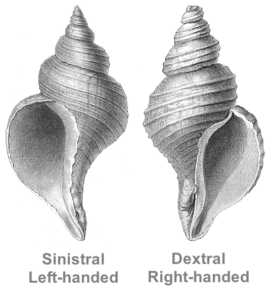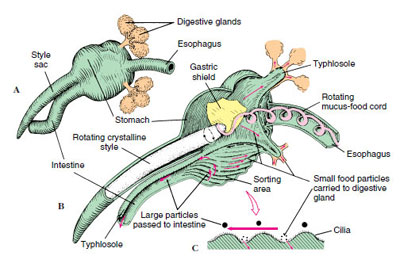
Snails Gastropods
Snail Menu
Snails
Snail Anatomy
Mud Dog Whelk (Mud Snail)
Moon Snails
Radula
Slipper Shell
Oyster Drill
Murex Snails

Snail Anatomy
Marine Snails
Worldwide, there are over 40,000 recognized species of snails consisting mostly of marine snails of which, several species inhabit Barnegat Bay
Marine Snails
Worldwide, there are over 40,000 recognized species of snails consisting mostly of marine snails of which, several species inhabit Barnegat Bay
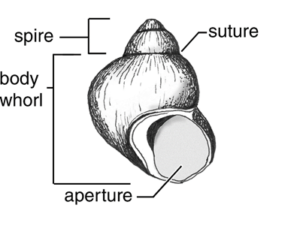 Snails are univalves, meaning they have one shell (valve).
Snails are univalves, meaning they have one shell (valve).
The shell of a gastropod is usually coiled and is used for protection when threatened .
The shape of the shell can be highly varied because of the way it coils.
Most gastropods can retreat into their shells and close the opening with a cover called the operculum.
The shape of the shell can be highly varied because of the way it coils.
Each 360° revolution of the shell is called a whorl. The body whorl is the bottom and largest whorl; it contains the aperture, the opening of the shell. The shell spire includes the whorls above the body whorl. Whorls come in contact with one another at the shell sutures.
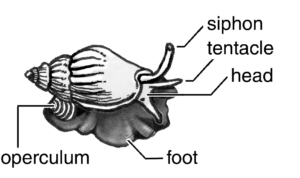 Gastropods have highly developed sensory organs, including tentacles and eyes.
Gastropods have highly developed sensory organs, including tentacles and eyes.
The head is attached to the foot, a muscular organ used for moving, holding prey and feeding.
Many gastropods have a radula, a rasp-like structure used for scraping algae and other food off the seafloor.
Some carnivorous gastropods use the radula for boring through the shells of other animals.
More information on Radula page <click here>
Torsion is a gastropod synapomorphy which occurs in all gastropods during larval development.
Torsion is the rotation of the visceral mass, mantle, and shell 180˚ with respect to the head and foot of the gastropod.
This rotation brings the mantle cavity and the anus to an anterior position above the head.
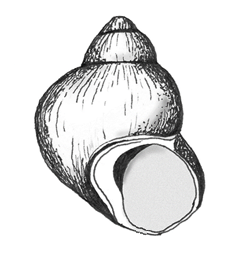 To find out more about snails and whelks that develop a shell with a single opening to do what bivalves do by opening their two shells.
To find out more about snails and whelks that develop a shell with a single opening to do what bivalves do by opening their two shells.
Click here to read about <torsion>
Bay
Bay
